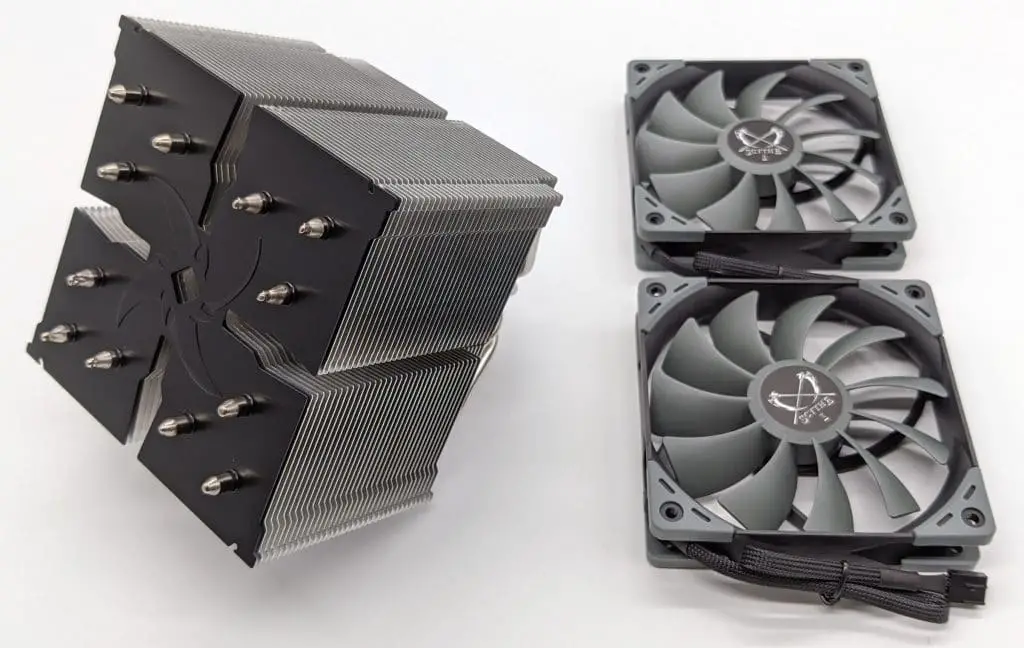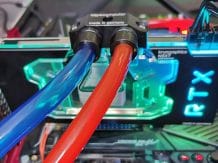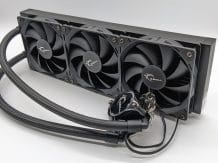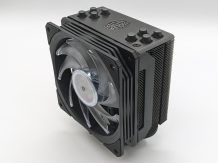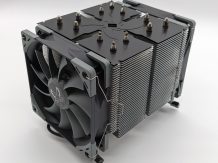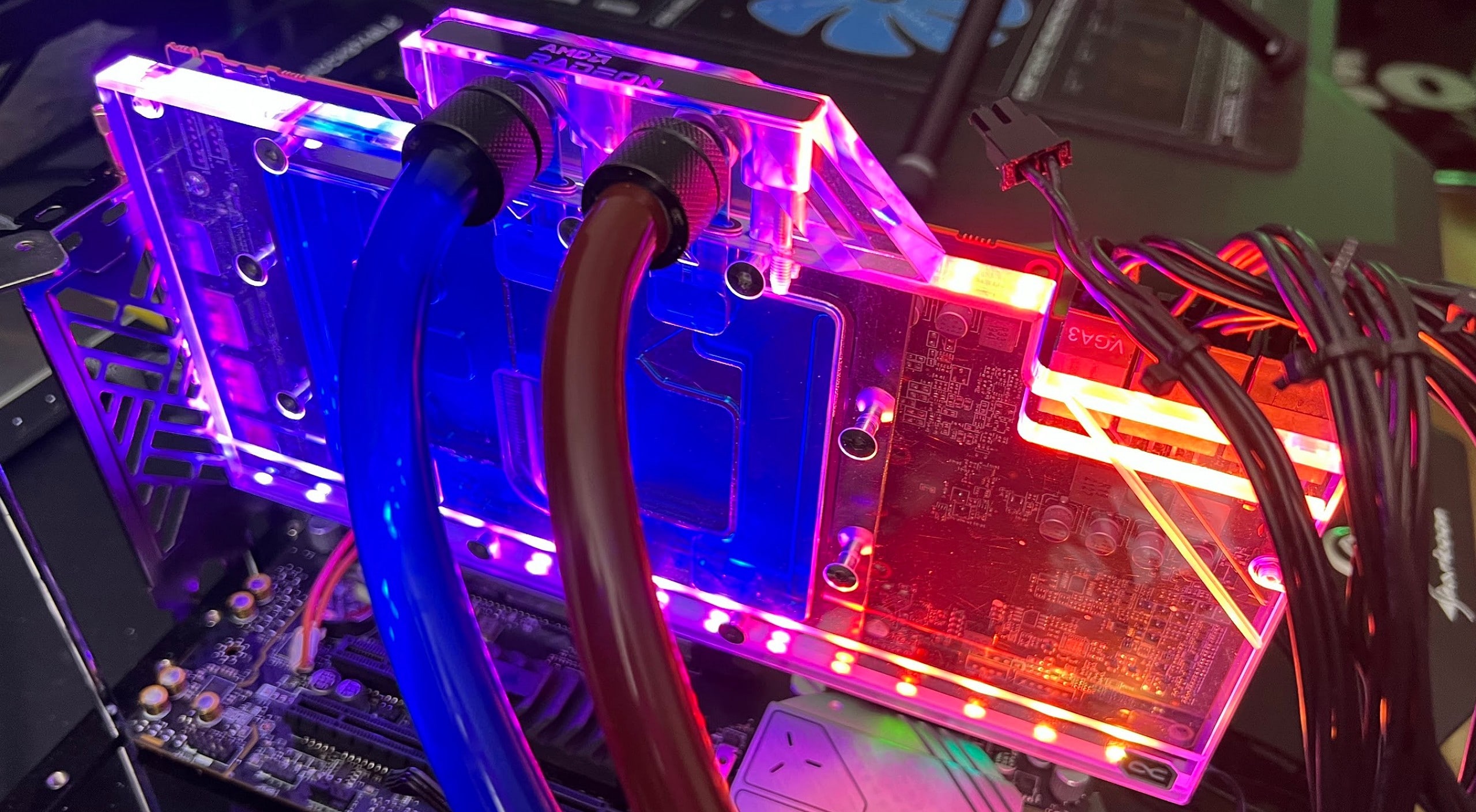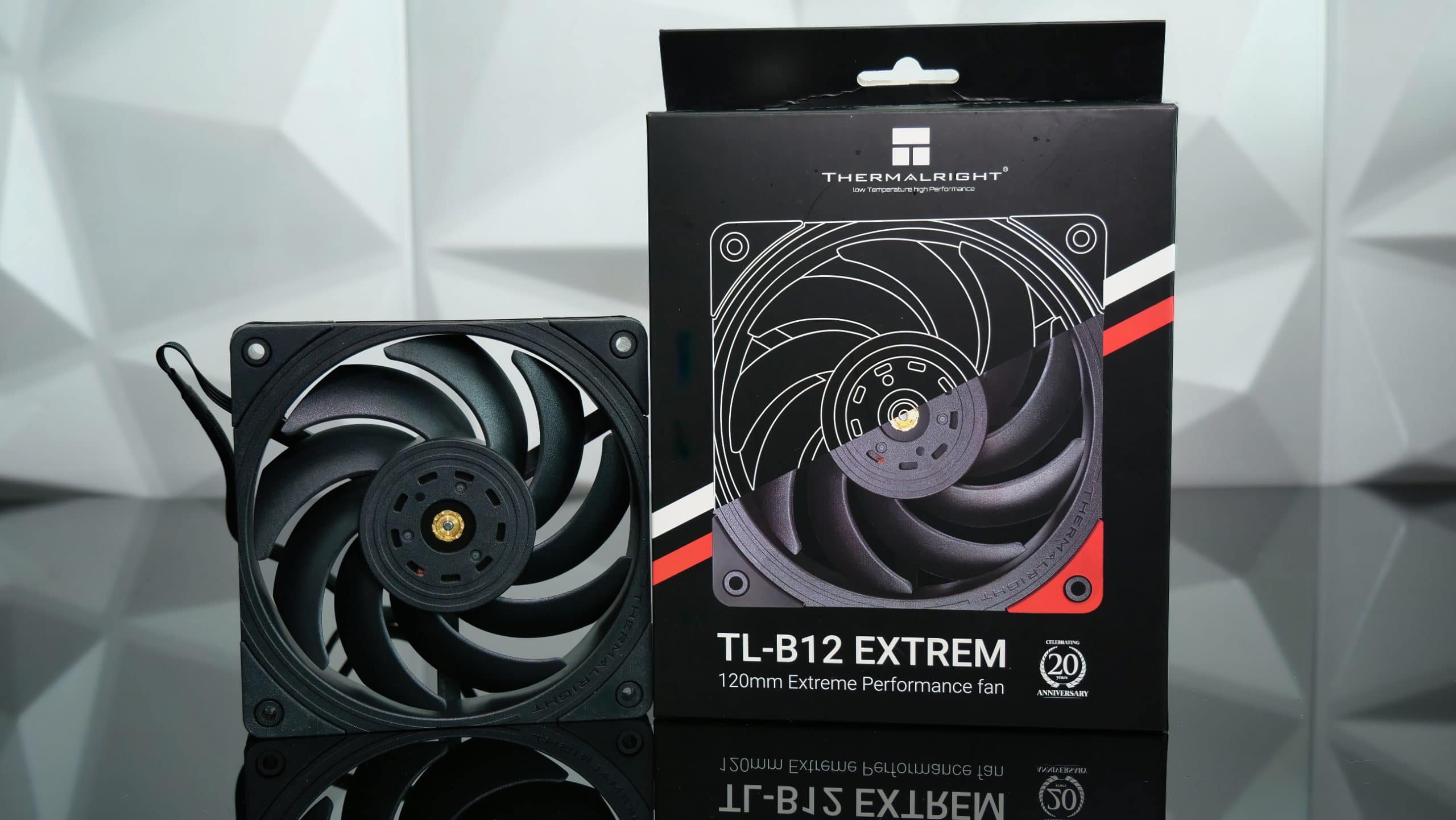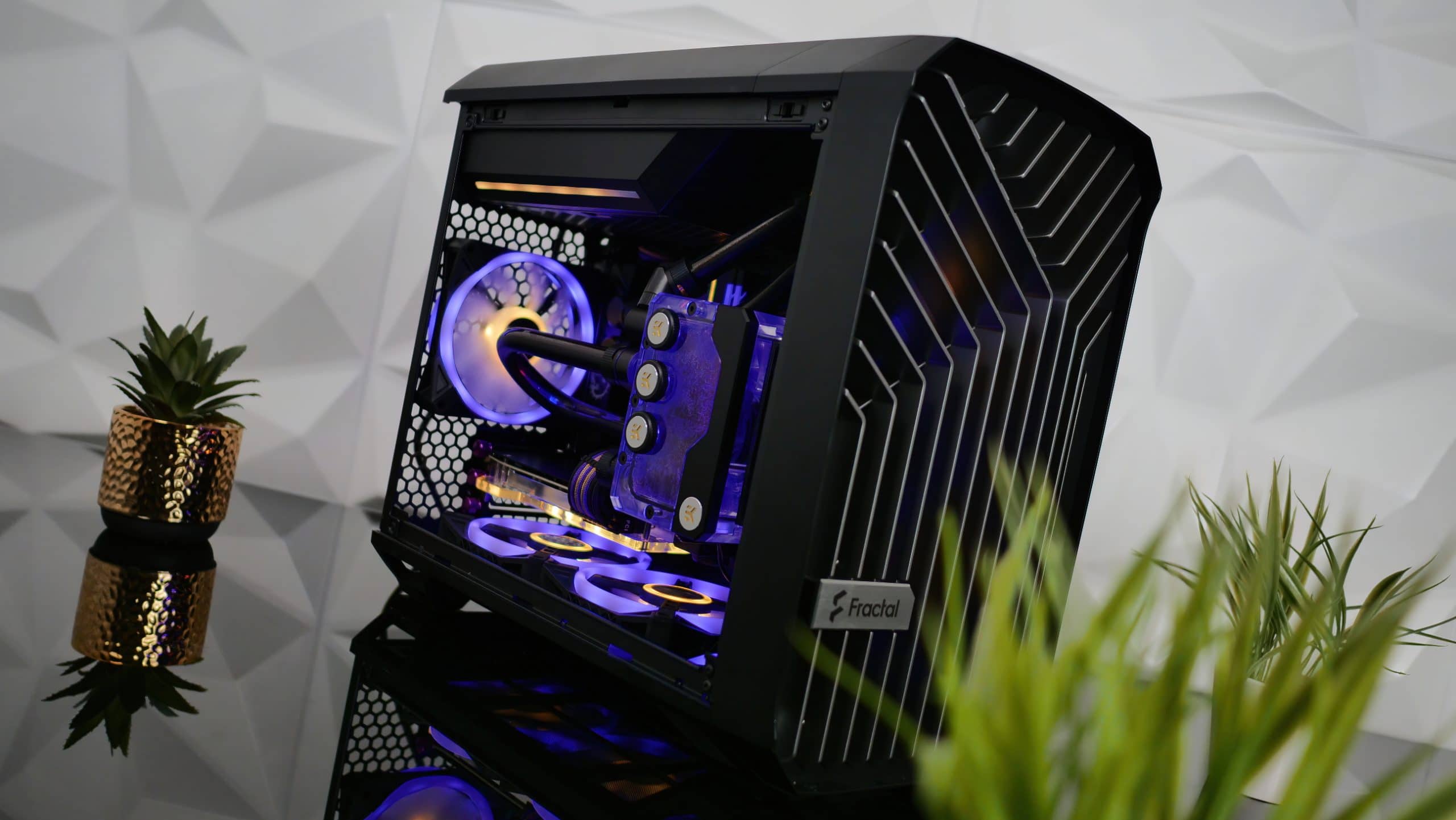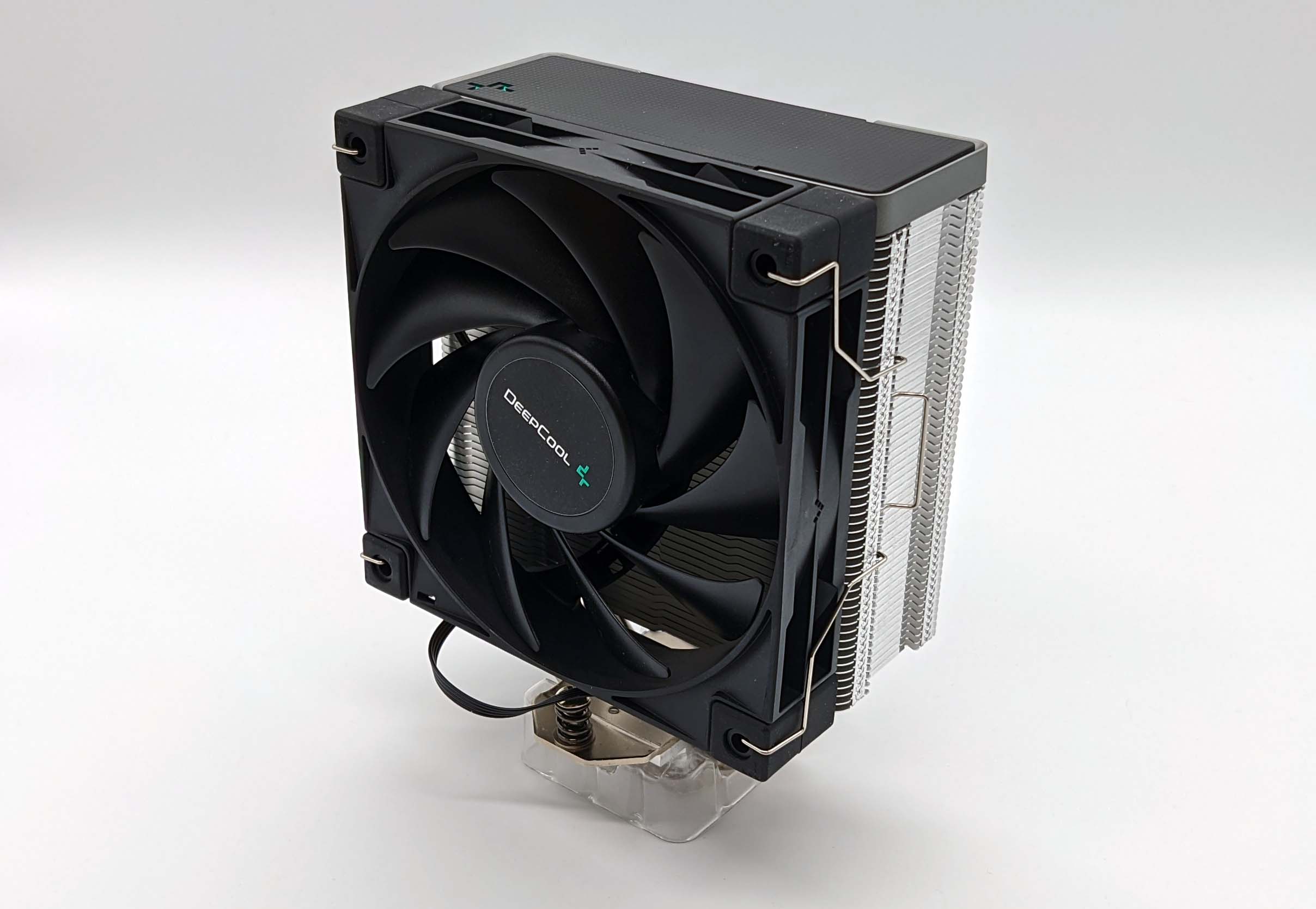LIQUID FOR IMMERSION COOLING (PRICE PER LITER) LIQUID FOR IMMERSION COOLING:
The problem of thermoregulation of large computer systems and compact ASIC miners is a challenge for modern IT specialists. Given the tremendous amount of heat generated by such equipment, it is worth recognizing that cooling with fans is not always efficient and cost-effective. And the noise they create is not conducive to comfortable operation.
What is IO (Immersion Cooling)?
Engineering thought does not stand still, and technical experts have proposed an innovative solution to control the thermal conditions of computer equipment. Immersion cooling has become an alternative to air cooling. Its essence lies in the fact that the components of “iron” are placed in a liquid that does not conduct electricity.
Equipment cooled in this way does not need fans. The thermoregulation process by immersion in liquid, unlike traditional air cooling, requires less energy costs. An additional “bonus” of immersion cooling technology is its noiselessness.
What is the difference between cooling equipment with water and EUT?
Immersion cooling involves the transfer of heat from a source to a liquid that is a refrigerant. In conventional water cooling systems, the liquid medium is potentially hazardous to electronic components and is circulated in a loop isolated from the heat source.
Immersion, or immersion, cooling uses a liquid that does not allow an electric current to pass through. Three “families” of such substances are widely known: mineral oils, fluorocarbon fluids, and deionized water. Transformer and vegetable oils are also popular.
Types and features of immersion cooling
There are two types of IO:
- single-phase immersion thermoregulation: in this case, the coolant does not undergo changes – it does not boil or freeze; the refrigerant is pumped into the heat exchanger, and heat is transferred to the cool water system; single-phase EUT provides for the use of “open baths”, since the likelihood of refrigerant evaporation is low or zero;
- two-phase IO: a distinctive feature of this method is the boiling of the cooling agent, and here the liquid appears in two states – liquid and gaseous; in 2-phase cooling by the immersion method, “latent heat” is used, the purpose of which is to change the phase of the liquid; during the boiling process, steam is formed, which then settles on the condenser and returns to the container; The use of “half-open baths” in this EUT method is due to the fact that it provides for a seal to ensure that the refrigerant does not evaporate.
Immersion cooling liquid from Asic Trade company
Firm “Asik Trade” offers to all crypto amateurs a liquid intended for use in an immersion cooling unit.
The technical substance is equipped with the following properties:
- does not conduct electric current;
- has no color or smell;
- does not pose a threat to electronic components, rubber and plastic;
- has a high flash point;
- well suited for cooling mining rigs.
- flash point in an open crucible – 228 ° C;
- kinematic viscosity at 40 ° C, mm2 / s – 10.77;
- density at 15 ° C, kg / m3. – 835.5;
- breakdown voltage – 59.1kW;
- acid content, mg KOH / g. – 0.002;
- dielectric loss tangent at 90 ° C. – 0.01%;
- freezing temperature -20 ° С





